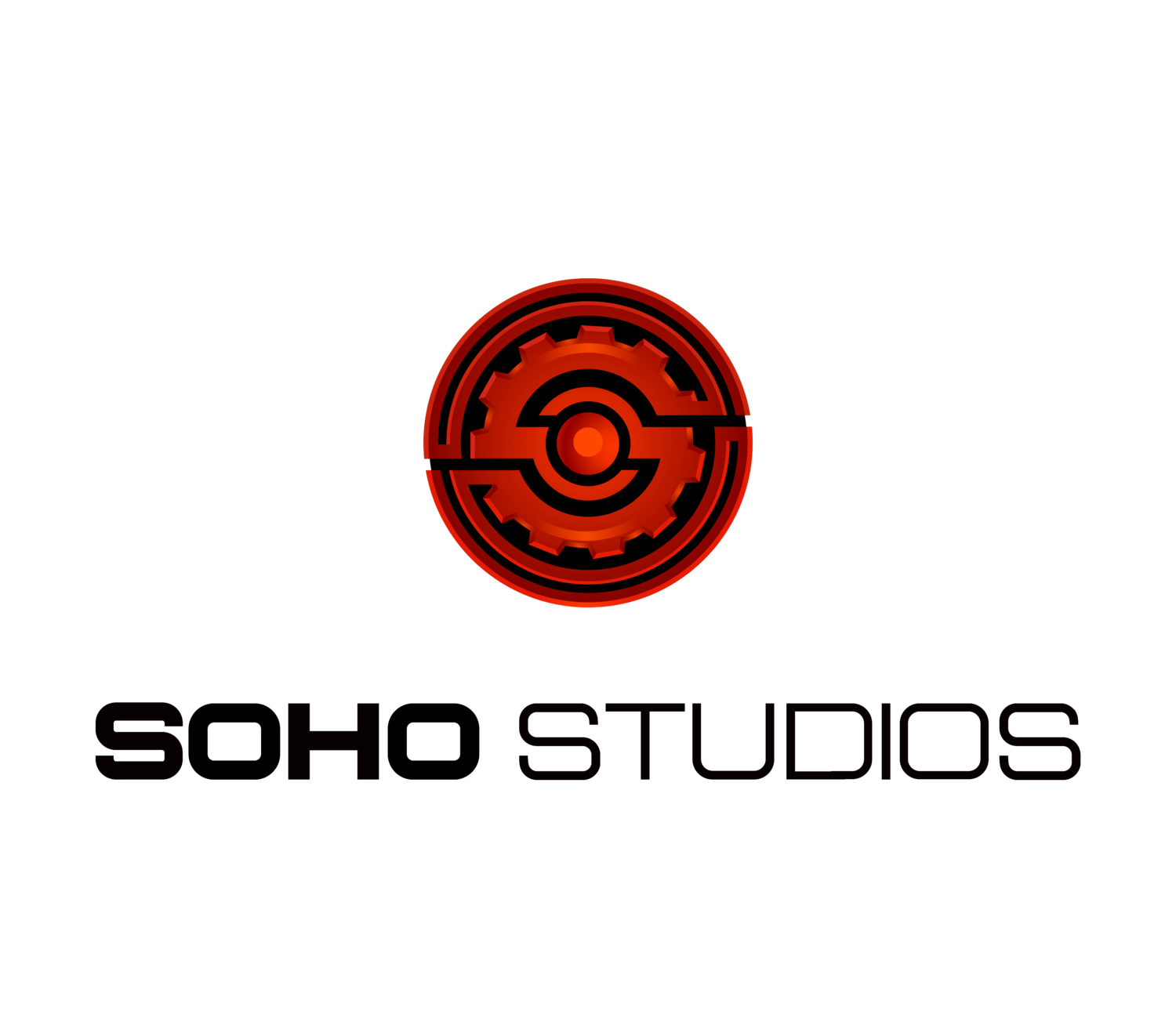How Wahaca Grew its Brand Using Experiential Marketing
You might be uncertain about whether experiential marketing could benefit your brand and how it could actually help you grow. So let’s look at the case study of Wahaca as an example of a company using this type of marketing to move from one restaurant to 24.
In case you don’t know, Wahaca is a restaurant chain throughout the United Kingdom. Its head of marketing, Oli Ingham, has found innovative ways to market it using experiential marketing. Let’s take a look at Wahaca’s marketing and how your brand might be able to use similar techniques.
How Ingham Grew Wahaca’s Brand
Oli Ingham used experiential marketing well by taking the theme of the brand, which is Mexican food based on the markets of Mexico or what he calls “amazing Mexican food”, and turning that into events that could help local British people connect to the restaurant brand. But he also goes beyond the food to create experiences based on Mexican culture.
The brand puts on numerous types of events that provide cultural and food-based experiences, including a Mexican-inspired film screening and a Day of the Dead festival. Its Taco Tour offers a mobile tasting experience through its taco van traveling the streets and introducing the food to new customers. Ingham created a supper club that allows local people to experience the food of different Mexican regions.
Sometimes, the events are more specific to the restaurant itself than to Mexican culture or cuisine. For instance, the restaurant is putting on a 10th anniversary event series and has promoted a “spoon amnesty” program that encourages customers to bring back the restaurant's "borrowed" colorful spoons in return for tacos.
Applying Ingham’s Examples
How are Ingham’s experiential marketing techniques effective? Some of the experiences Wahaca uses work because they bring in new audiences. For example, people might stumble upon the taco van when it’s touring the area or they might attend a festival or Latin DJ event and then discover the food. In other cases, the events create an interest in Mexico’s culture and food. People from another area of the world – in this case, the UK – enjoy experiencing foods they didn’t know were part of Mexico and learning about Mexican festivals, societal issues and culture. Instead of just going to a restaurant, they have an experience.
Whether your brand is a restaurant or a different type of business, you can use similar methods to create a marketing experience. The main formula for following Ingham’s lead is to take a major theme and create experiences that fit it. He found ways to spread and celebrate the food itself and to broaden the theme to include the Mexican culture that encompasses the food. Find unique and fun ways for your company to do the same. Your healthy food restaurant could create events promoting health and wellness. Your home decor company could create do-it-yourself tutorial events and events that center around color, pattern, texture and material. The idea is to broaden beyond the product or service. Think about the theme that encompasses it and work to create events that fit the theme.











